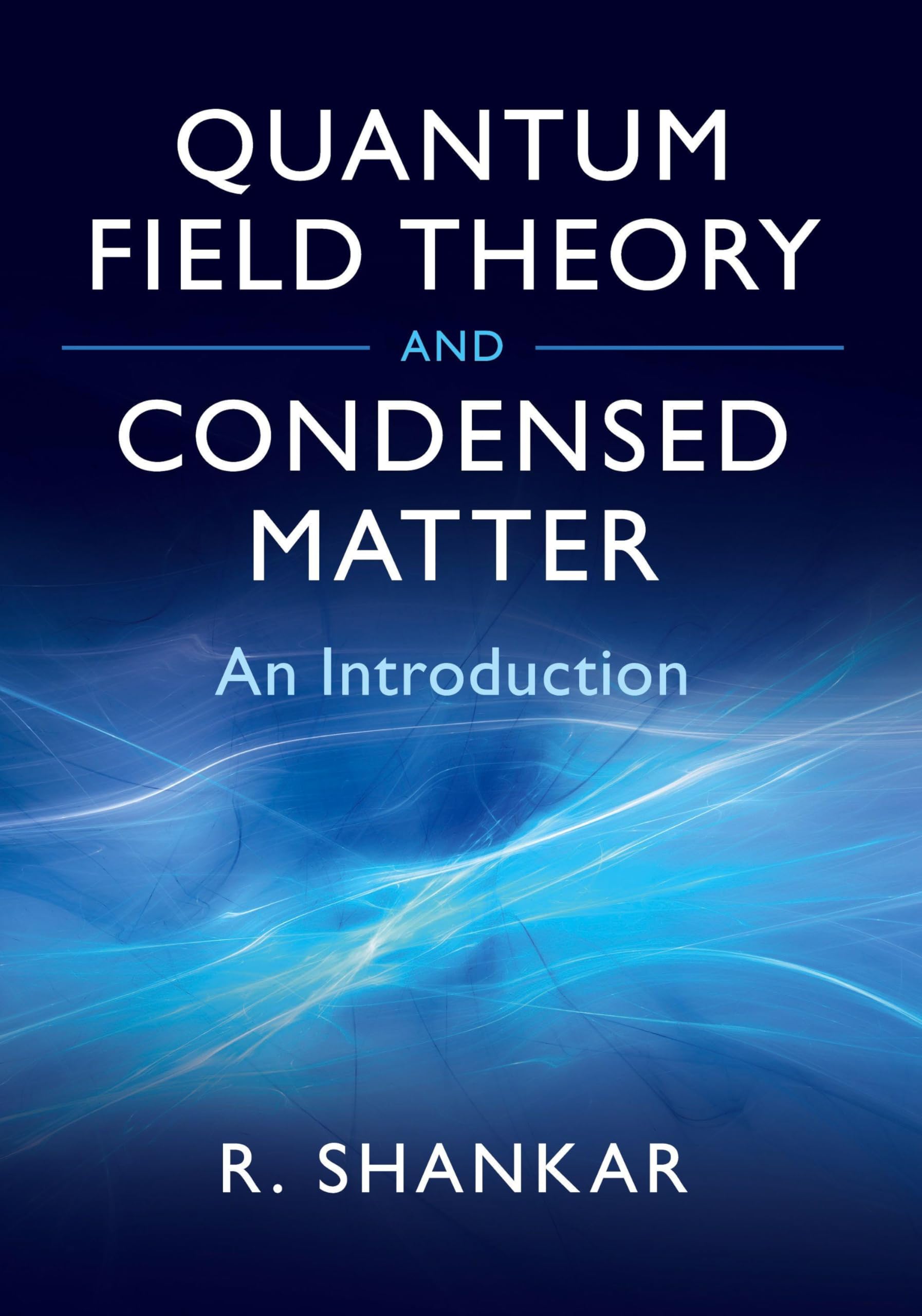Customer Services
Copyright © 2025 Desertcart Holdings Limited
Desert Online General Trading LLC
Dubai, United Arab Emirates


Quantum Field Theory and Condensed Matter: An Introduction (Cambridge Monographs on Mathematical Physics)
Trustpilot
4 days ago
3 weeks ago